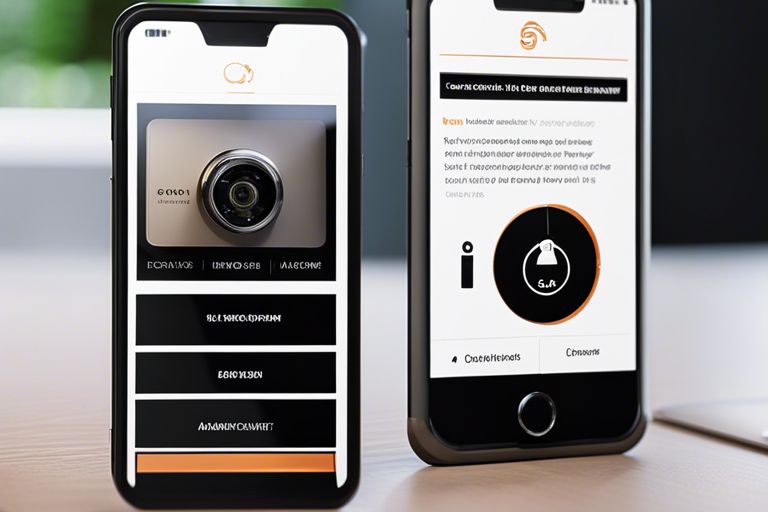Introduction
Social engineering attacks have become increasingly common in today’s digital world. Hackers and cybercriminals use various tactics to manipulate individuals into revealing sensitive information or performing actions that may compromise their security.
Fortunately, there are several effective tools available that can help prevent social engineering attacks and protect individuals and organizations from falling victim to these malicious schemes. In this article, we will explore some of the best social engineering prevention tools.
1. Security Awareness Training
One of the most crucial tools in preventing social engineering attacks is security awareness training. This involves educating individuals about the different types of social engineering tactics, such as phishing, pretexting, and baiting. By raising awareness and teaching individuals how to recognize and respond to these attacks, organizations can significantly reduce the risk of falling victim to social engineering schemes.
2. Two-Factor Authentication (2FA)
Two-factor authentication is another essential tool for preventing social engineering attacks. 2FA adds an extra layer of security by requiring users to provide two forms of identification before accessing their accounts. This could include something they know (such as a password) and something they have (such as a fingerprint or a unique code sent to their mobile device). By implementing 2FA, organizations can significantly reduce the risk of unauthorized access to sensitive information.
3. Email Filtering and Anti-Spam Software
Email is a common vector for social engineering attacks, with phishing emails being a prevalent tactic used by cybercriminals. Implementing robust email filtering and anti-spam software can help identify and block suspicious emails before they reach users’ inboxes. These tools use various techniques, such as content analysis and reputation checks, to detect and prevent phishing attempts, thereby reducing the chances of individuals falling victim to social engineering attacks.
4. Endpoint Protection
Endpoint protection tools play a crucial role in preventing social engineering attacks. These tools help secure individual devices, such as computers and mobile devices, from malware and other malicious software. By regularly updating and scanning devices for potential threats, endpoint protection tools can detect and remove any malware that may be used as part of a social engineering attack.
5. Security Incident and Event Management (SIEM) Systems
SIEM systems are powerful tools that help organizations monitor and analyze security events across their networks. By collecting and correlating data from various sources, including logs and network traffic, SIEM systems can detect and alert organizations about potential social engineering attacks in real-time. This allows organizations to take immediate action and mitigate the impact of these attacks.
Conclusion
Social engineering attacks pose a significant threat to individuals and organizations alike. However, by implementing the right tools and strategies, it is possible to prevent these attacks and protect sensitive information. Security awareness training, two-factor authentication, email filtering and anti-spam software, endpoint protection, and SIEM systems are some of the best tools available for social engineering prevention. By combining these tools with a proactive security mindset, individuals and organizations can stay one step ahead of cybercriminals and safeguard their digital assets.






